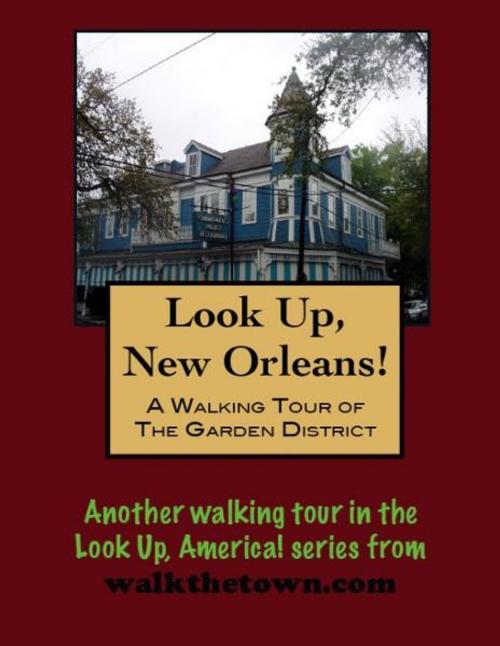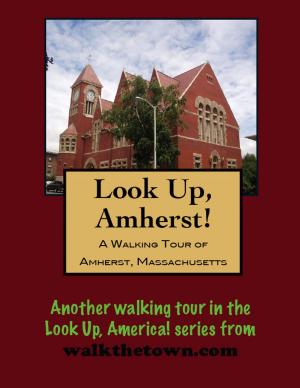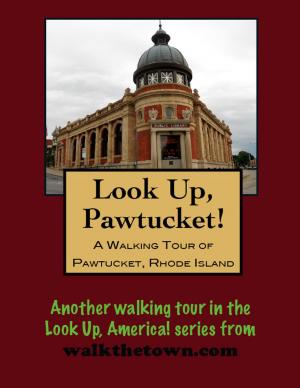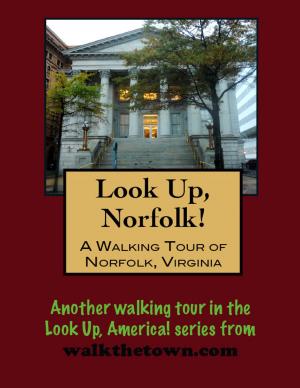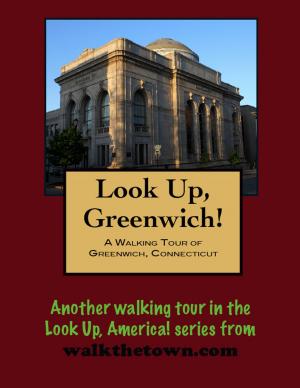A Walking Tour of The New Orleans Garden District
Nonfiction, Travel, United States, South, History, Americas| Author: | Doug Gelbert | ISBN: | 9781452307756 |
| Publisher: | Doug Gelbert | Publication: | January 10, 2010 |
| Imprint: | Smashwords Edition | Language: | English |
| Author: | Doug Gelbert |
| ISBN: | 9781452307756 |
| Publisher: | Doug Gelbert |
| Publication: | January 10, 2010 |
| Imprint: | Smashwords Edition |
| Language: | English |
There is no better way to see America than on foot. And there is no better way to appreciate what you are looking at than with a walking tour. This walking tour of New Orleans' French Quarter is ready to explore when you are. Each walking tour describes historical, architectural landmarks, cultural sites and ecclesiastic touchstones and provides step-by-step directions.
Every tour also includes a quick primer on identifying architectural styles seen on American streets.
This neighborhood was developed by the first Americans to settle in New Orleans, and the fine old homes of the Garden District, bounded by Jackson and Louisiana avenues and St. Charles Avenue and Magazine Street, preserve traces of the era of cotton and sugar empires, when grand antebellum plantations dominated the landscape.
The district owes its luxuriant vegetation to an 1816 flood caused by the overflowing Mississippi River. Although many plantations between Carrollton and the emerging American sector were destroyed, a rich deposit of alluvial silt created a very desirable feature for future development—higher ground. In the early 1830s Jacques Livaudais sold his sugarcane plantation, which was soon subdivided, later incorporated as the city of Lafayette and subsequently annexed to New Orleans, when it became known as the Garden District.
In addition to thriving indigenous and exotic plantings and magnolia trees rivaling oaks in size, the neighborhood covers 27 city blocks and boasts 200 residences in a variety of building styles, including Gothic, Greek Revival and Renaissance. Many homes are embellished with iron lacework, a hallmark of New Orleans architecture. Mark Twain loved to visit the Garden District and called it a place where “the mansions stand in the center of large grounds and rise, garlanded with roses, out of the midst of swelling masses of shining green foliage and many-colored blossoms. No houses could well be in better harmony with their surroundings, or more pleasing to the eye.”
Our walking tour will begin at tcorner of Washington Avenue and Prytania Street at an old roller skating palace...
There is no better way to see America than on foot. And there is no better way to appreciate what you are looking at than with a walking tour. This walking tour of New Orleans' French Quarter is ready to explore when you are. Each walking tour describes historical, architectural landmarks, cultural sites and ecclesiastic touchstones and provides step-by-step directions.
Every tour also includes a quick primer on identifying architectural styles seen on American streets.
This neighborhood was developed by the first Americans to settle in New Orleans, and the fine old homes of the Garden District, bounded by Jackson and Louisiana avenues and St. Charles Avenue and Magazine Street, preserve traces of the era of cotton and sugar empires, when grand antebellum plantations dominated the landscape.
The district owes its luxuriant vegetation to an 1816 flood caused by the overflowing Mississippi River. Although many plantations between Carrollton and the emerging American sector were destroyed, a rich deposit of alluvial silt created a very desirable feature for future development—higher ground. In the early 1830s Jacques Livaudais sold his sugarcane plantation, which was soon subdivided, later incorporated as the city of Lafayette and subsequently annexed to New Orleans, when it became known as the Garden District.
In addition to thriving indigenous and exotic plantings and magnolia trees rivaling oaks in size, the neighborhood covers 27 city blocks and boasts 200 residences in a variety of building styles, including Gothic, Greek Revival and Renaissance. Many homes are embellished with iron lacework, a hallmark of New Orleans architecture. Mark Twain loved to visit the Garden District and called it a place where “the mansions stand in the center of large grounds and rise, garlanded with roses, out of the midst of swelling masses of shining green foliage and many-colored blossoms. No houses could well be in better harmony with their surroundings, or more pleasing to the eye.”
Our walking tour will begin at tcorner of Washington Avenue and Prytania Street at an old roller skating palace...
